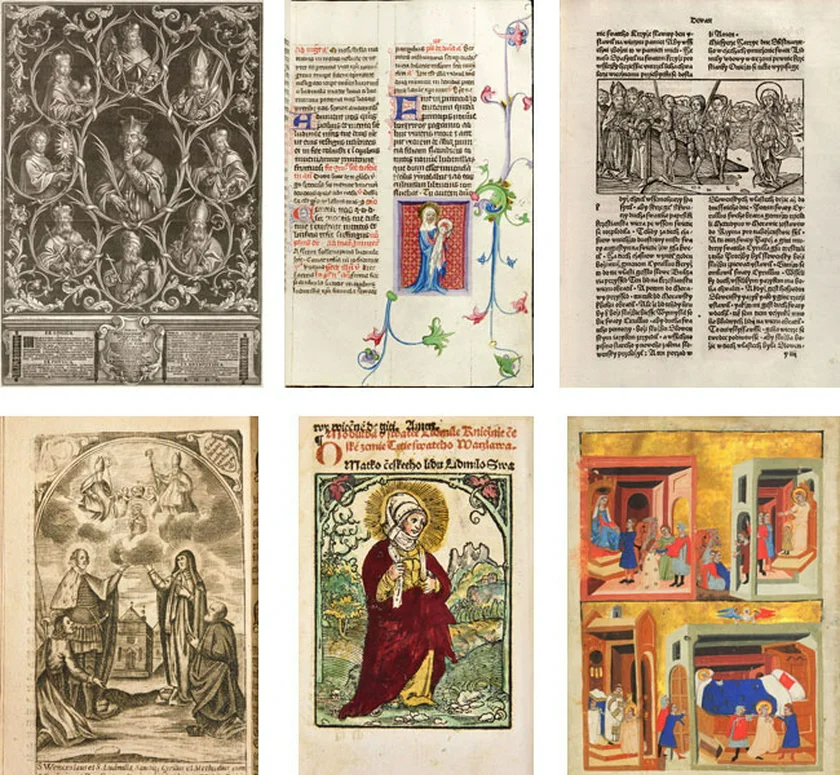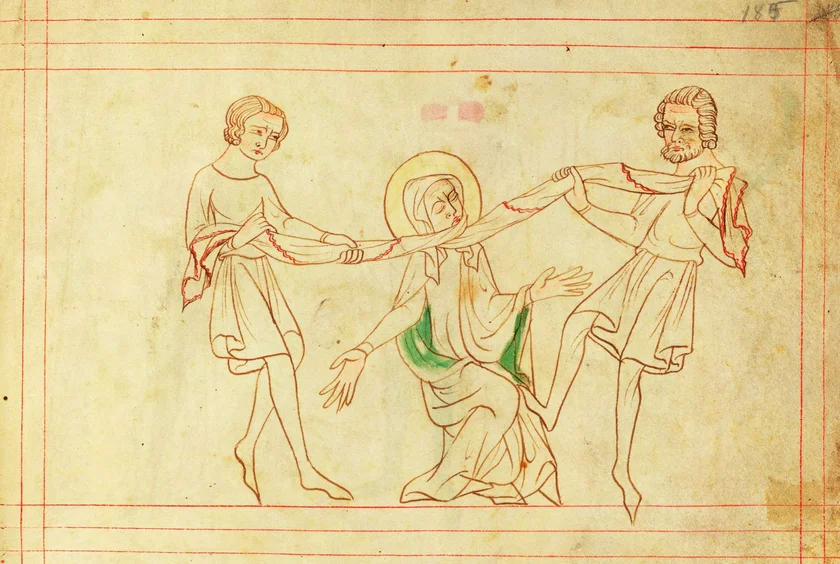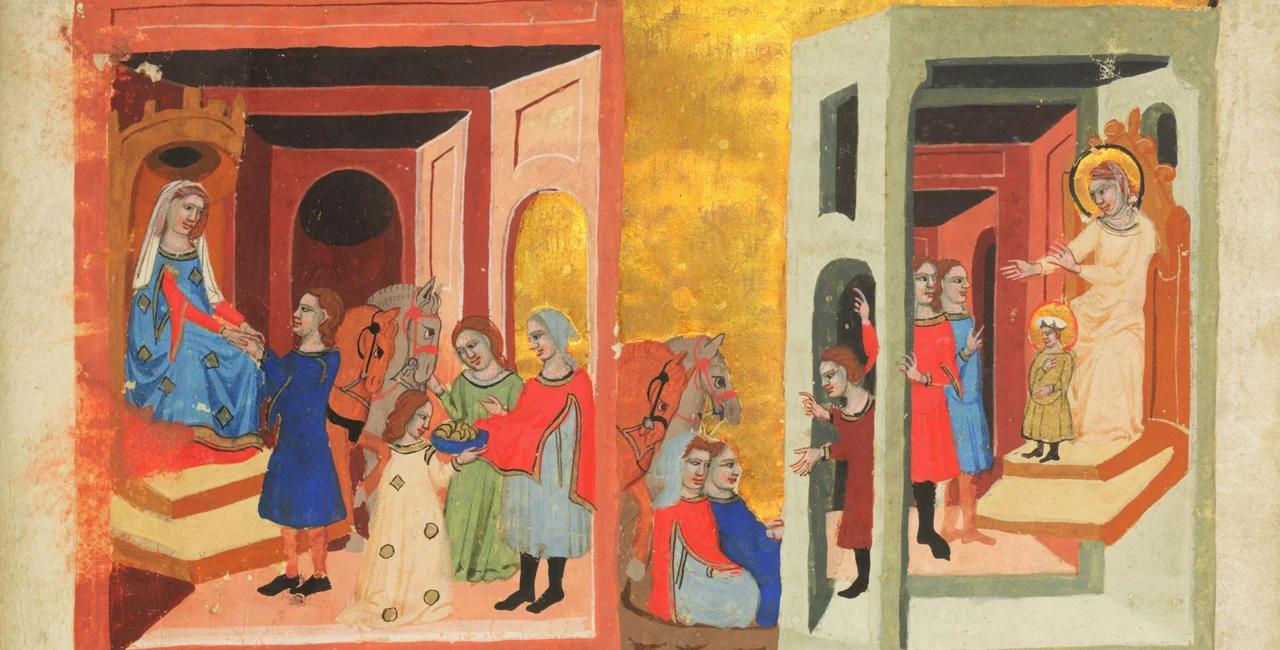Some of the most valuable Czech books are on display, but just until Sunday. A Latin fragment of the Chronicle of Dalimil and the Velislav Bible, both from the early 14th century, will be among 18 rare manuscripts shown as one of the final events marking 1,100 years since the death of St. Ludmila, the grandmother of Saint Wenceslas.
The books, all of which relate to St. Ludmila’s legacy, are at the Mirror Chapel of the Klementinum, from Jan. 14 to 16 from 10 am to 6 pm, admission is free. Due to their age, the originals of the book require very special handling. They are usually stored in climate-controlled vaults. That is why they can only be shown for three days.

“This is an extraordinary chance to see medieval manuscripts that are linked to the legend of St. Ludmila and to see the mastery of those who created the manuscripts. Some are from here, in the Czech Lands, and some are fabulous imports from north Italy,” Culture Minister Martin Baxa said.
The Chronicle of Dalimil – known as “Dalimilova kronika” in Czech – was the first book of its type in the Czech language, and contains a legend-filled account of the origins of the Czech people.
A 24-page richly illustrated fragment of a Latin translation will be shown. It was probably commissioned by King John of Luxembourg or his son, Emperor Charles IV, according to the Czech Culture Ministry. It was last shown to the public over a decade ago.
The fragment represents about 10 percent of the entire text. The book, by an unknown author, recounts events from Biblical times up to the year 1314. A later chronicler added some more events up until 1325. The book’s name refers to an alleged author, a cleric named Dalimil Meziříčský, but there is little evidence that person actually existed.
The chronicle empathizes Czech tales. It also discourages foreign influences, such as knight’s tournaments, which were popular at the time in other countries, foreign fashions, and having Czech nobility raised in foreign courts. The episodes in the chronicle are mostly based on previous sources, many of which are now lost. Among the Czech legends it recounts are the founding of Bohemia by the legendary Great Father Čech, the tale of Libuše’s prophecy, and the Maidens' War (Dívčí válka).
The Velislav Bible is often compared to a medieval comic book, according to the Culture Ministry. It was written around 1340 and is the largest historical picture book in Central Europe. Of the original 200 sheets, 178 have been preserved. In addition to images relating to the Old and New Testaments, scenes of everyday Czech life are depicted, making the manuscript a source of knowledge of lifestyles and fashions of the 14th century.

“The Velislav Bible, of priceless value, is not only the most significant but logically also the most expensive manuscript on display,” exhibition curator Renata Modrakova said.
She added that the oldest manuscript in the exhibition dates back to the second half of the 12th century and comes from the Benedictine convent at Prague Castle. The heaviest of the manuscripts on display is the Lesser Town Hymnbook, which weighs 23 kilograms.
Another exhibition of 39 original works related to St Ludmila has been on display in the Klementinum Gallery from mid-December and will be there until Jan. 30. Admission is also free. These works are so not as rare or fragile, which is why they can be displayed longer.
More information about the exhibitions can be found on the websites of the National Library and the Culture Ministry.












 Reading time: 3 minutes
Reading time: 3 minutes 

























